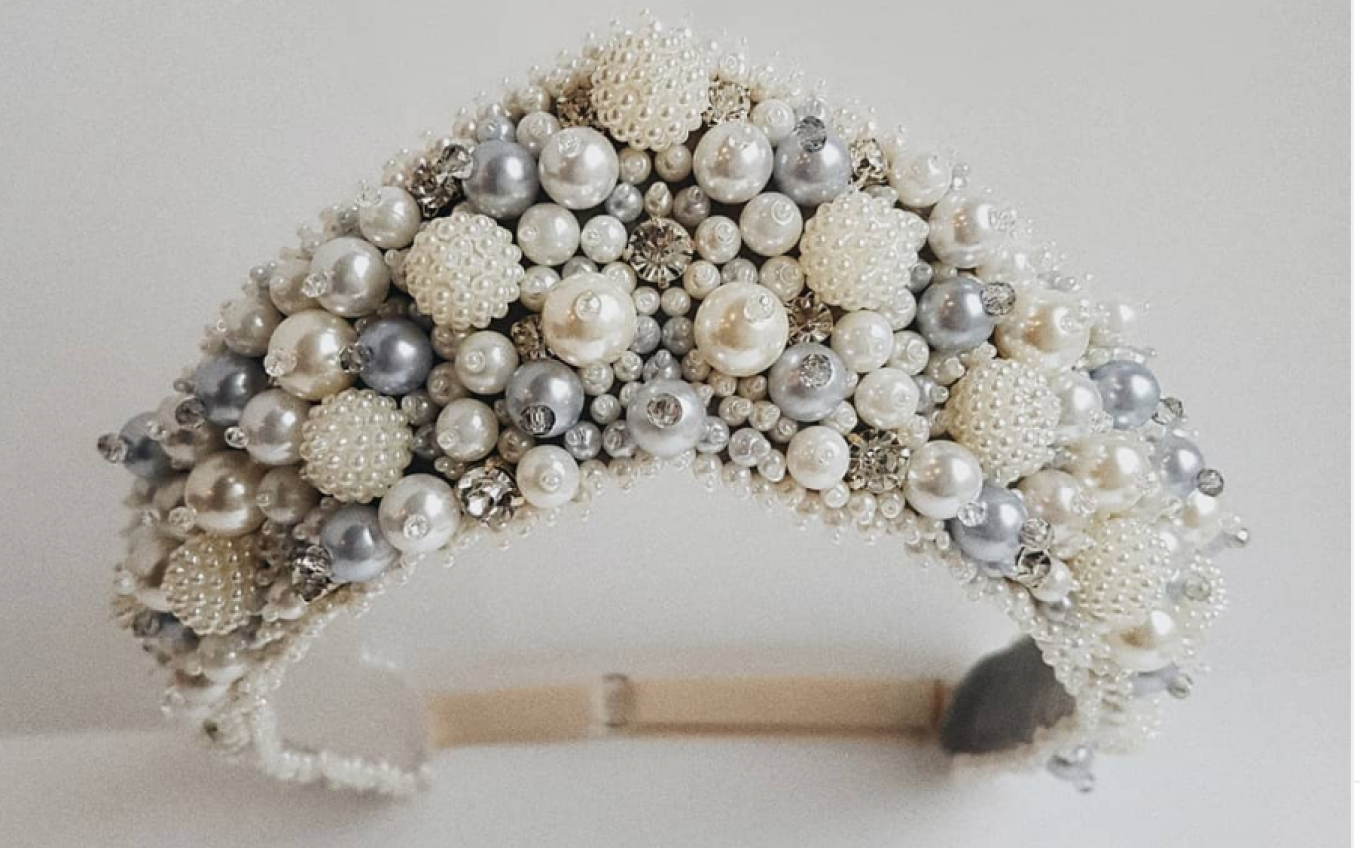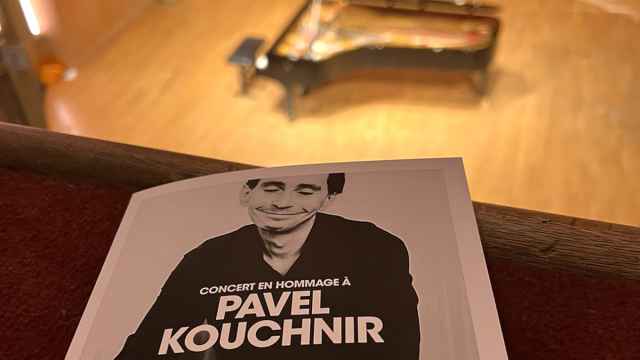Pick up a book of Russian fairy tales, and you’ll notice something very distinctive in the costume of the female characters. Spend Christmas in Russia, and you’ll see the same distinctive circlet on the head of every incarnation of Snegurochka – the Snow Maiden. We refer, of course, to that most iconic Russian headdress: the kokoshnik.
The kokoshnik was originally worn by women to signal their married status. Fashion historian Alison Hilton writes that the headdresses were most common in northern Russia, and that they varied greatly in shape, from half-moon-shaped tiaras and tall mitre-like structures, to bonnets and pillbox-shaped hats. The headdress was constructed from light metal or heavy paper, and then sewn to a hat or hairnet. The base was usually attached to a canvas and fashioned from red calico or velvet.
The reform-minded emperor Peter the Great banned court ladies from wearing the kokoshnik in his drive for Europeanization. Catherine the Great, however, rehabilitated the tradition and, as late as the early 20th century, Russian aristocrats could be seen wearing them in portraits in homage to tradition.
But the revolution and modernity put an end to this traditional accessory. Until two young fashion-forward entrepreneurs came along.
Kokoshniks for a new age
Yelena Danilova and Anastasia Malyuchkova come from different parts of Russia – Yelena from Kaliningrad and Anastasia from Rostov-on-Don – but they have the same mission: to reinvent the traditional Russian headdress for the 21st-century woman.
Yelena founded her business – Russkaya Korona (Russian Crown) – in 2016 after a career as a sales manager for a design company. “The idea to sell kokoshniks came to me when I didn't know what to do. I remembered that I had once seen a crystal kokoshnik… and I picked up on the idea.” she told The Moscow Times.
Anastasia’s business – Koko.Kokoshniki – is newer still. In 2017, she graduated with a master’s degree in tourism.
“When I was working on my degree, I thought about creating a unique souvenir product to represent our country,” she said. “I wanted it to be authentic, but at the same time relevant and stylish. In the end, I combined fashion and tourism.”
Both women design and make the pieces themselves.
During the 2018 World Cup, Reuters reported that kokoshniks had been enthusiastically adopted by women fans. So, is the attempt to revive kokoshniks spurred by patriotism? The two designers are careful with their responses.
“Certainly, patriotism plays a role,” Yelena says. “But on the other hand, I am simply working to bring more beauty into the world.”
Anastasia’s answer is similar: “I offer a unique accessory that is also a feeling! The slogan of my brand is ‘a sense of Russian culture and beauty.’ So I believe that patriotism and beauty play an equally important role.”

Today Russia, tomorrow — the world
In October 2018, Princess Eugenie of York – ninth in line to the British throne – glided down the wedding aisle wearing the Greville kokoshnik tiara. The circlet embellished with emeralds was created by the French jeweller Boucheron in 1919. The Princess’s choice, says Yelena, has sparked a flurry of custom from the U.K. Next year, she intends to travel to a trade expo in Harrogate to promote her product.
She already has clients in Australia, Brazil and the U.S. “In March 2018, I made my first foreign sale – a kokoshnik decorated with amber crystals for a client in New Jersey.”
Anastasia also counts Americans and Brazilians among her clients. “We have had several orders from these countries,” she says. “And now we plan to expand into Europe.”
Yelena and Anastasia share an optimistic view of the kokoshnik’s future. Yelena is certain that “soon they will be popular again with every girl.” Anastasia was even more definitive. “Kokoshnik popularity is at a peak. At Russian Fashion Week, there were models wearing kokoshniks.”
So, are we on the verge of a global kokoshnik trend? Keep your eye out and let us know.
A Message from The Moscow Times:
Dear readers,
We are facing unprecedented challenges. Russia's Prosecutor General's Office has designated The Moscow Times as an "undesirable" organization, criminalizing our work and putting our staff at risk of prosecution. This follows our earlier unjust labeling as a "foreign agent."
These actions are direct attempts to silence independent journalism in Russia. The authorities claim our work "discredits the decisions of the Russian leadership." We see things differently: we strive to provide accurate, unbiased reporting on Russia.
We, the journalists of The Moscow Times, refuse to be silenced. But to continue our work, we need your help.
Your support, no matter how small, makes a world of difference. If you can, please support us monthly starting from just $2. It's quick to set up, and every contribution makes a significant impact.
By supporting The Moscow Times, you're defending open, independent journalism in the face of repression. Thank you for standing with us.
Remind me later.







